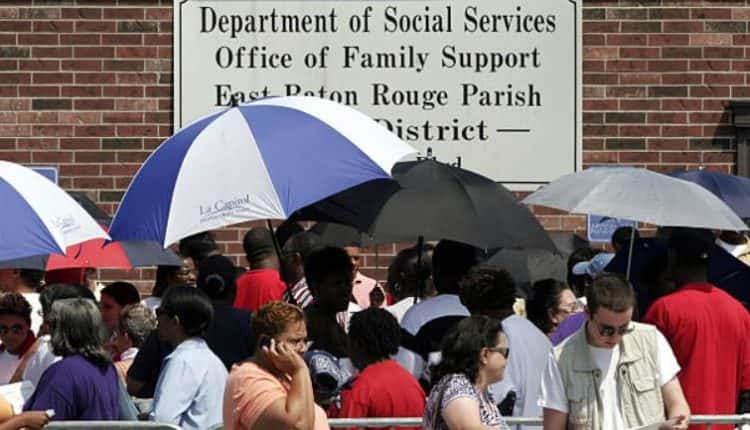
In the United States, a significant portion of the population, approximately 65 million people, relies on various welfare programs to meet their basic needs.
The Social Security Administration reports that around 40 million individuals benefit from food stamps alone.
A Look at TANF, SNAP, and Medicaid
Among the diverse welfare initiatives the US government provides, Temporary Assistance for Needy Families (TANF), Supplemental Nutrition Assistance Program (SNAP), and Medicaid play crucial roles.
Based on SNAP data, California leads the nation with an astonishing 1,911,000 SNAP households, followed closely by Florida (1,632,000) and Texas (1,595,000).
New York and Pennsylvania complete the top five, highlighting a correlation between high-population states and the prevalence of welfare recipients.
However, it’s important to note that the number of SNAP households doesn’t necessarily translate to the total number of individuals receiving benefits within a state.
California also stands out as the state with the highest number of welfare recipients overall, boasting 237,614 TANF recipients and a Medicaid enrollment of 13,812,733.
In 2020, state and local governments collectively spent a staggering $791 billion on public welfare, representing 23 percent of direct general expenditures.
Per capita spending varied significantly, ranging from $1,093 in Connecticut to $4,119 in New York. Other states with notable per capita public welfare spending included Alaska, Massachusetts, and New Mexico.
Read more: Good News For Retirees: Social Security Benefits To Increase By 3.2% In 2024
Varied Welfare Spending in Key US States

Liberal states tend to allocate the most funds to welfare programs, as evident in the top five states with the highest state and local welfare spending per capita.
California: Approximately $3,403 per capita.
New Mexico: State and local welfare spending per capita of $3,488.
Massachusetts: Approximately $3,657 per capita.
Alaska: Despite its low population density, Alaska spends approximately $3,729 per capita.
New York: Leading the chart with roughly $4,119 per capita in local welfare spending.
The welfare landscape in the United States is vast and complex, with millions of individuals relying on these programs for essential support.
Understanding the distribution of welfare recipients and the expenditures associated with these programs is crucial for policymakers and the public alike.
As the nation continues to engage with economic challenges and social inequalities, a comprehensive understanding of welfare initiatives provides insights into the ongoing efforts to address the needs of unguarded populations across the country.
Read more: NASA Veteran’s $400,000 Benefits Dispute Highlights Flaws In Federal System

